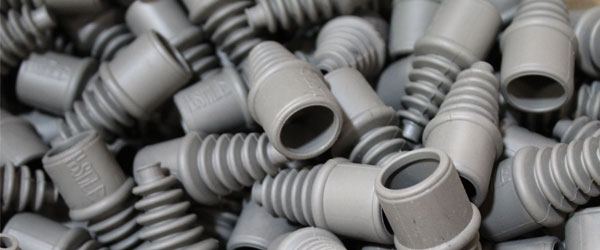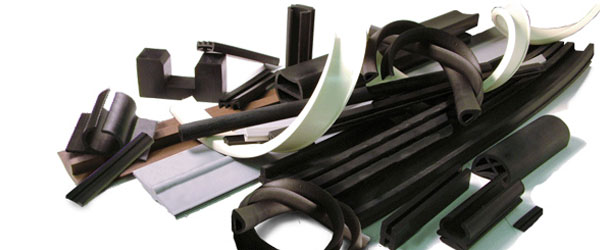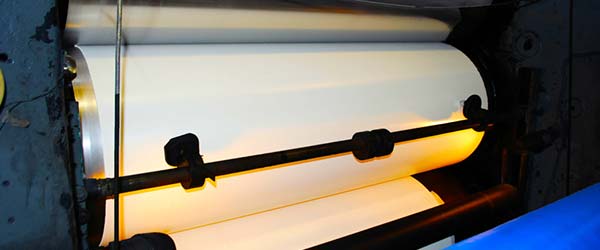Neoprene Polymer
As a fully integrated manufacturer, Goodyear Rubber is equipped to formulate custom compounds specifically designed for your application.
Neoprene Polymer, or polychloroprene, is a family of synthetic rubbers that are produced by polymerization of chloroprene. Neoprene was invented by DuPont scientists in 1930. Neoprene polymer exhibits good chemical stability and maintains flexibility over wide temperature range. It is used in wide variety of applications such as laptop sleeves, swim suits, electrical insulations and fire retardant rubber products in mass transit applications.
Neoprene Polymer Information and Specs
General Information
- Common Name: Neoprene
- Chemical Name: Polychloroprene
- Generally Resistant To: Moderate Chemicals and Acids, Ozone, Oils, Fats, Greases, and Solvents
- Generally Attacked By: Esters, Ketones, Chloronated, Aromatic and Nitro Hydrocarbons
- MIL-R-6855 Class 2
- ASTM D 2000 / SAE J200 Classification: BC, BE
- MIL-R-3065 / SAE J-14 / MIL-STD-417 Classification: SC
Physical Properties
- Elongation: 100% to 800%
- Hardness Range (Durometer Shore A): 15 to 95
Mechanical Properties
- Compression Set: Good
- Rebound Rating: Fair to Very Good
- Flex Cracking Resistance: Good to Very Good
- Abrasion Resistance: Very Good to Excellent
- Tear Resistance: Good
- Impact Resistance: Good to Excellent
- Flame Resistance: Very Good to Excellent
Thermal Properties
- Minimum Service Temperature: -30°F to -70°F
- Maximum Service Temperature: +220°F to +280°F
Environmental Resistance
- Recommended Shelf Life: 5 to 10 years
- Weather Resistance: Poor to Good
- Sunlight Resistance: Good to Very Good
- Ozone Resistance: Good
- Oxidization Resistance: Good
- Water Resistance: Excellent
- Steam Resistance: Poor to Good
- Gas Permeability: Fair to Good
 (909) 987-1774
(909) 987-1774 Email Us
Email Us






